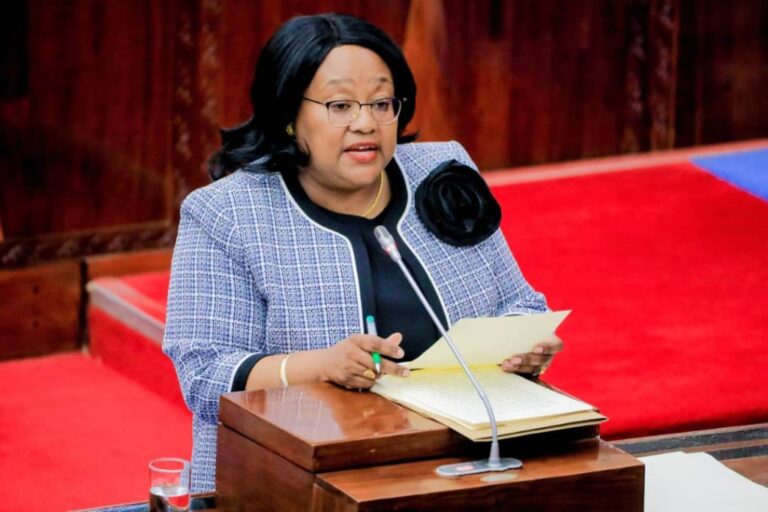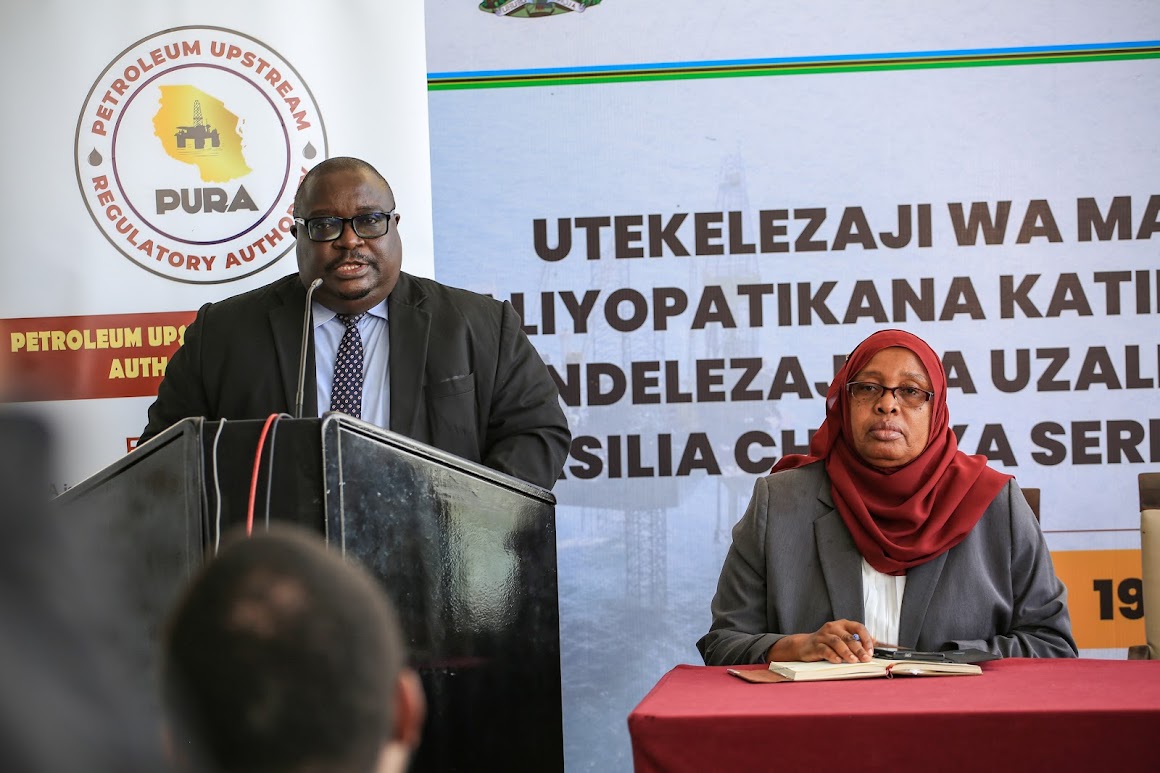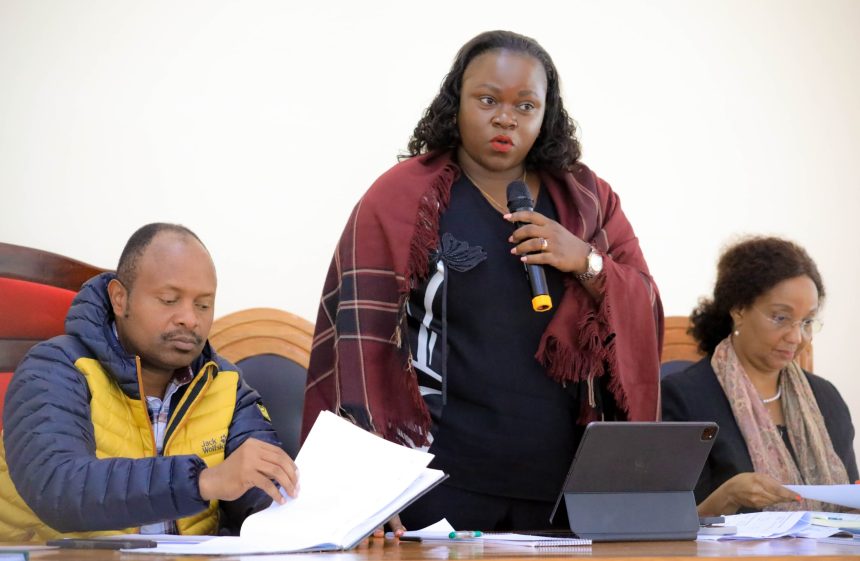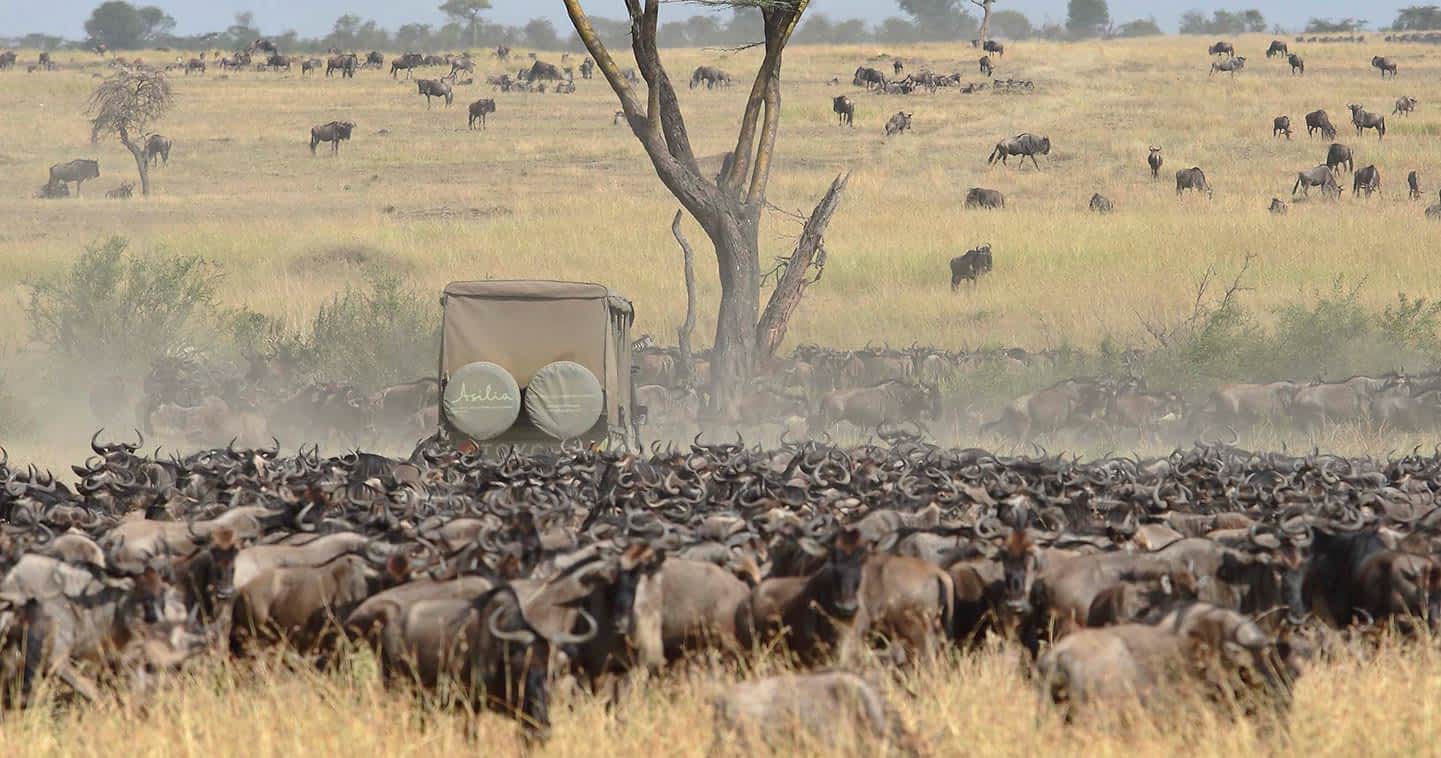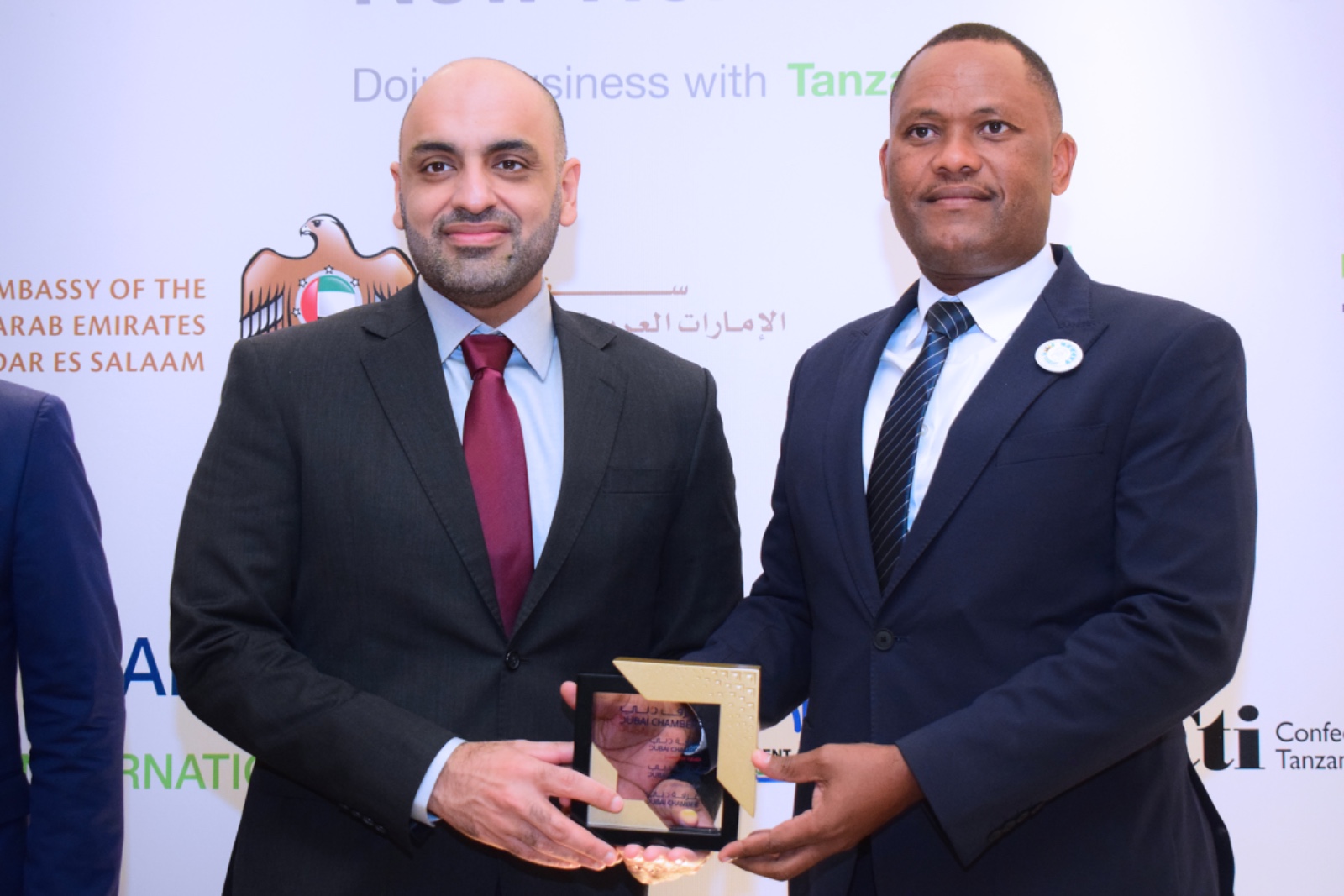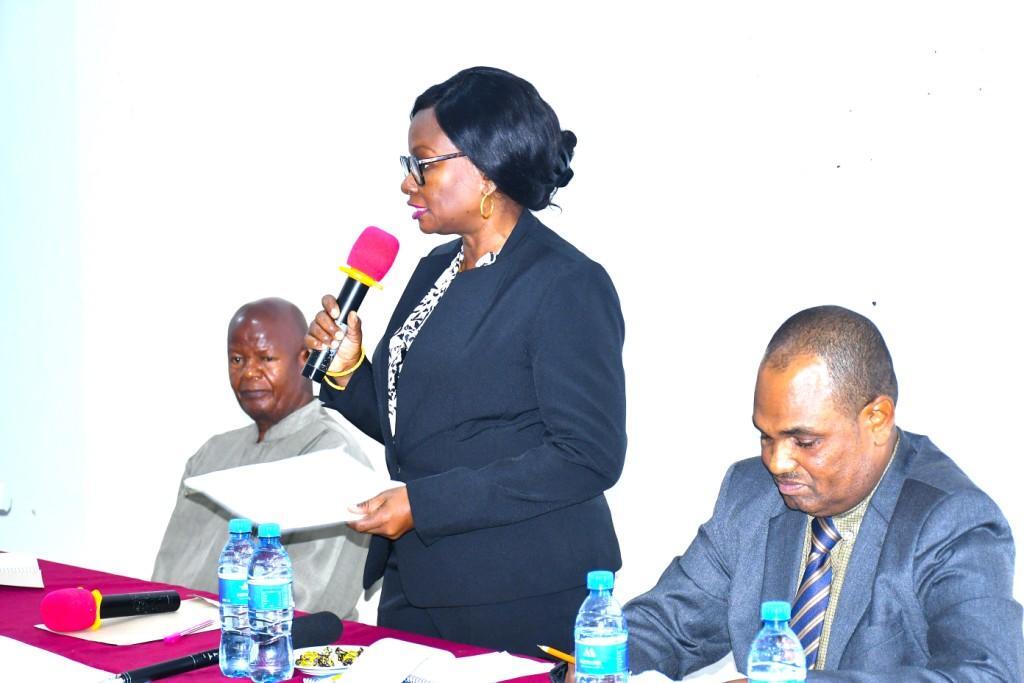Dodoma. In a sweeping move aimed at enhancing the tourism business environment and attracting investors into the sector, the government of Tanzania has amended the Tourism Business Licence (TTBL) Fee Regulations of 2015, transitioning all tourism licence payments from US dollars to Tanzanian Shillings.
This, alongside a raft of other fiscal, administrative and promotional reforms, has triggered a notable uptick in investment, employment and tourist arrivals.
Presenting the 2025/26 budget estimates for the ministry of Natural Resources and Tourism in Parliament on May 19, Minister for Natural Resources and Tourism, Dr Pindi Hazara Chana, said the reforms are part of a broader strategy to reduce the cost of doing business in the tourism sector and improve competitiveness.
“In the 2024/25 financial year, the ministry commenced implementation of far-reaching reforms in the fees and charges regime to ease the burden on private sector players,” Dr Chana told lawmakers.
“For example, the licence fee for five-star hotels has been reduced from $2,500 to the equivalent of Sh1.5 million; for four-star establishments, from $2,000 to Sh1 million; for three-star hotels, from $1,500 to Sh500,000; two-star hotels from $1,200 to Sh300,000; and one-star from $1,000 to Sh200,000 – all now payable in local currency.”
She further announced the abolishment of park entry fees that were previously levied on licensed tourist guides whenever accompanying guests into national parks.
Under the new regime, any guide with a valid and active TTBL will no longer pay such fees.
In an effort to boost mountaineering tourism, the ministry has also lowered the tour operator licence fee for mountain climbing agents from $2,000 to Sh3 million.
Dr Chana said likewise, the annual TTBL fee for tour guides has been slashed from $50 to just Sh35,000.
These reforms, Dr Chana emphasised, will be supported by closer collaboration with the private sector through the Tanzania National Business Council (TNBC) and regular stakeholder engagements.
Revenue and Expenditure Outlook
Dr Chana said for the 2025/26 financial year, the ministry projects to collect Sh1.18 trillion in revenue from its departments and agencies.
She then asked legislators to approve a budget of Sh359.98 billion for her ministry.
“If the budget is approve Sh254.23 billion will be earmarked for recurrent spending, including salaries (Sh130.71 billion) and other expenditures (Sh123.52 billion),” she said.
She said development projects will consume Sh105.75 billion, of which Sh32.48 billion will come from domestic sources and Sh73.27 billion from foreign assistance.
New Tourist Attractions and Diversification Efforts
The ministry, in collaboration with stakeholders, has identified 337 new tourist attractions across the country.
Dr Chana said these include natural, cultural, historical and religious sites. Of these, 193 have met the criteria for development and promotion. Key highlights include the German Boma in Newala (Lindi), the MAKUYA Cultural Festival in Mtwara Municipality, the whale migration spectacle at Msimbati, the Malagarasi River waterfalls, and the scenic beaches along Lake Tanganyika.
The discoveries span multiple regions: Mtwara (19 attractions), Lindi (22), Mbeya (28), Songwe (16), Katavi (8), Kigoma (16), Iringa (23), Njombe (26), Ruvuma (32) and Rukwa (14). This diversification strategy aims to reduce overdependence on wildlife tourism and increase tourists’ length of stay in the country, thereby maximising revenue.
To formalise these attractions, the Ministry will initiate their registration in accordance with the Tourism Act (Cap 65), paving the way for their structured development and marketing.
Embracing Digitalisation and Growing the Sector
The ministry has implemented a digital platform – the MNRT Portal – to enable online registration and licensing of tourism businesses.
This has significantly reduced the time and costs associated with obtaining licences.
“Thanks to these improvements, the number of registered tourism business agents rose from 3,019 in 2023 to 4,316 by April 2025. Similarly, the number of licensed tour guides jumped by 54.9 percent – from 5,076 in 2023 to 8,914 by April 2025, Dr Chana said.
She said a new set of regulations – the 2025 Voluntary Tourism Ambassadors Regulations – has also been introduced to guide the appointment of voluntary ambassadors tasked with promoting Tanzania’s tourism in domestic and international markets.
Accommodation Sector and Quality Control
In a nationwide accommodation verification and classification exercise carried out in all 26 regions by April 2025, the ministry reviewed 2,038 newly established hospitality establishments, according to Dr Chana.
These were distributed as follows: Dar es Salaam (47), Arusha (90), Mbeya (47), Mwanza (106), Mara (125), Manyara (52), Kilimanjaro (53), Tanga (87), Morogoro (62), Coast (37), Dodoma (293), Iringa (179), Singida (108), Kagera (165), Geita (148), Kigoma (115), Njombe (30), Songwe (44), Rukwa (26), Katavi (37), Tabora (20), Shinyanga (14), Simiyu (4), Lindi (42), Mtwara (55), and Ruvuma (52).
Out of these, 362 establishments qualified for star-rating classification based on quality standards – a measure expected to enhance consumer confidence and improve service delivery in the hospitality industry.
Ngorongoro’s Unesco status restored
Dr Chana said the ministry of Natural Resources and Tourism officials participated in the December 2024 Unesco Global Geoparks Conference held in Paris, France. During this event, the Ngorongoro-Lengai Geopark regained its Unesco recognition, which had been revoked in 2022.
“This reinstatement followed concerted efforts by the government and stakeholders to meet Unesco’s criteria, including enhanced conservation, infrastructure development, data collection, promotional activities, and community involvement in sustainable use of the site,” the government said.
Meanwhile, construction of the “canopy walkway” at Udzungwa Mountains National Park – designed to offer tourists an immersive aerial view of the forest ecosystem – had reached 70 percent completion by the time of the report.
Tourism Growth and Parliamentary Commendation
Lawmakers commended the ministry for its vigorous tourism promotion efforts, which have seen international tourist arrivals surge from 922,692 in 2021 to 2,141,895 in 2024.
Domestic tourism also witnessed exponential growth, with local tourist numbers rising from 788,933 to 3,218,352 over the same period.
Government revenue from the sector grew from Sh397.42 billion in the 2020/21 financial year to Sh901.08 billion in 2023/24.
From July 2024 to April 2025 alone, the Ministry collected Sh912.90 billion – equivalent to 94.2 percent of the annual revenue target and the highest amount ever recorded in the sector’s history.
Contributing to the budget debate, Moshi Rural MP, Prof Patrick Ndakidemi, praised the Ministry and its conservation agencies for elevating Tanzania’s tourism profile globally.
“We should continue promoting our attractions in the Arab countries, Japan, France, India, and Australia. If possible, let us produce tourism films in those languages. Let us also utilise international media, global sports leagues, celebrities and airlines to market our destinations. And let us ensure we participate in international fairs such as ITB Berlin, France’s ITN and the EAC Tourism Expo,” he said.
As the 2025/26 fiscal year approaches, the ministry remains steadfast in its resolve to sustain sectoral reforms, grow revenues, and promote inclusive and diversified tourism that benefits all Tanzanians.

